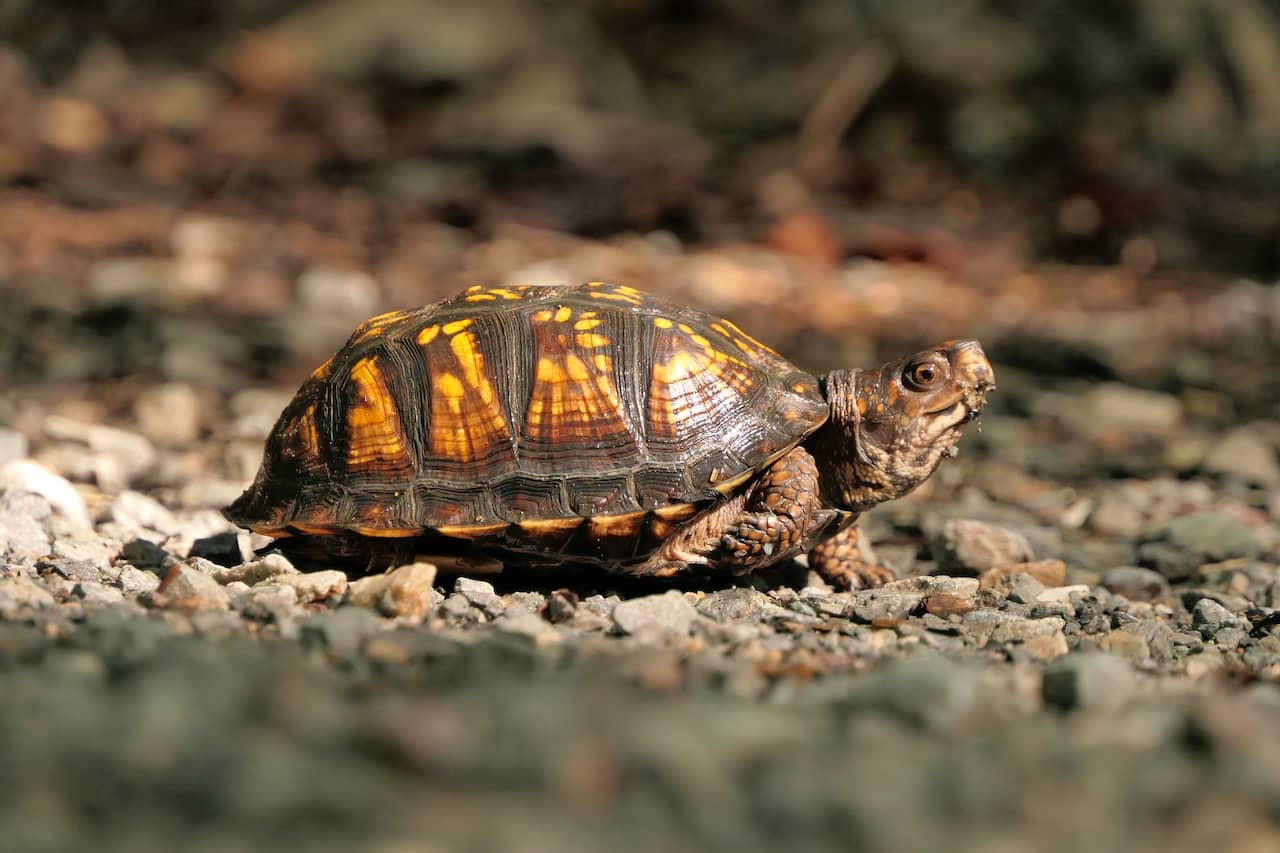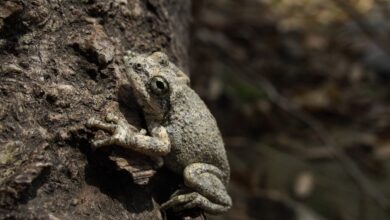Emergency First Aid For A Wounded Turtle Or Tortoise
Emergency First Aid For A Wounded Turtle / Tortoise
Always use the A, B, C approach to treatment, and provide warmth as soon as possible. I keep a heat pad with a folded towel over it for this sort of emergency and find it works well. Failing that you can use a lamp or heater, ensuring they are not a fire hazard.
Can The Turtle Breathe?
A is for airway, ensure the tortoise can breathe and look for signs of respiratory distress (i.e. gasping, gaping). Are there any facial fractures which may impede breathing, any blood from nose or mouth? Are there any wounds to the chest region? Any problems here need immediate attention as they are life threatening. If there is an obstruction in the mouth preventing proper breathing, remove it with forceps / tweezers. If congealed blood is hampering breathing use a sterile cotton bud and gently clear the area. For more serious complications oxygen will be required. If no problems here go to B.
Bleeding Turtle
B is for bleeding, are there any signs of major blood loss? Stop any serious bleeding immediately by pressure or tying off/cauterizing bleeders. Minor bleeding can often be stopped by the application of a little bicarbonate soda powder. If any major loss has occurred the tortoise/turtle will need IV/SC/IC fluid replacement, get veterinary assistance as soon as possible. If no serious bleeding go to C.
Is The Turtle Conscious?
C is for consciousness, a reminder to examine briefly but thoroughly the nervous system before any drugs are given. Is the patient conscious, alert and responsive? A badly injured animal will often be in shock, though in some cases this can be delayed. With drugs for shock always use the minimum dose necessary. Unless you are qualified, leave treatment to your vet.
A, B and C are the areas of immediate concern as problems here are life threatening , but do not forget:
D and E are for digestive and excretory system, trauma here can cause death at a later stage through peritonitis. Check for any obvious puncture wounds. Is there any bleeding from the cloaca? Any blood in urine? If so an x-ray will be imperative to locate the cause.
Turtle Fractures
F is for fractures, these must be repaired once life threatening conditions have been stabilized. Temporary splinting or immobilization can be done and will suffice until your patient is not in danger of immediate death. The dangerous fractures are those that you cannot see – ribs, pelvis etc. Any fractures will need an x-ray as soon as the tortoise is stabilized.
Is The Turtle Stressed?
S is for stress. Never under estimate the stress your patient is under. Stress from the injury, stress from handling/treatment. Keep all interference to a minimum. Once the animal is stabilized place in a warm, darkish area with no traffic going past and allow him time to recover.
Turtle Wounds
Wounds can be classified into three categories: clean ( surgical wounds made under aseptic conditions), contaminated (all fresh traumatic wounds) and dirty (old traumatic wounds and those where pus is encountered).
Factors likely to delay healing: bruising wound edges, tying sutures too tight, too tight bandages or casts (these interfere with blood supply, an important cause of delayed healing). Irritating antiseptics or topical drugs, skin dehydration and tissue destruction. The presence of foreign bodies (remember that sutures are foreign bodies), necrotic tissue (the wound will only start healing once debridement or removal of dead tissue is almost complete). Stress and cortisone therapy decrease resistance to infection.
Wound Healing
Stimulating wound healing: The administration of vitamin A will promote healing – especially in animals receiving cortisone and those that have infected ulcers. Honey is bactericidal and contains enzymes and trace elements beneficial to healing, and is great in an emergency. Bandaging is a good idea for several reasons: It prevents carbon dioxide and body heat loss from the exposed wound surface and it stabilizes the wound. It has been proved that the best wound healing takes place in a moist environment.
Antibiotics For A Turtle
Antibiotics can be given to prevent septicemia but will have very little effect on the wound itself.
Bite Wounds On A Turtle
Bite wounds: If infected these will usually be accompanied by a hard, warm and painful swelling around the affected area and can rapidly turn to septicemia. The correct antibiotic and an anti-inflammatory will be imperative, as these wounds have a high infection rate. Bite wounds to limbs are seldom, if ever, sutured. If fresh, clean thoroughly and apply a good antiseptic ointment such as Betadine / flammazine. Clean andre-apply daily. Keep the wounds covered, jelonet and micropore work well.
Abscess On A Turtle
Abscess: These are often caused by tick bites. Initially it will be hard and warm, and should be allowed to ripen before any attempt is made to lance it. This can be hastened by hot dressings or an ointment designed to draw. Once ripe, you can locate a soft spot fairly low down make a small incision and drain as much as you can by gentle but firm massage. The cavity can be rinsed and drained repeatedly using a mixture of diluted Betadine and peroxide (half/half) introduced with a syringe. If drainage is inadequate a tube drain can be installed. Antibiotic therapy should be given. If the abscess reoccurs the presence of a foreign body should be suspected. Never suture an abscess. Unless qualified this procedure should be left to your vet.
Traumatic Wounds
Traumatic wounds: Evaluate the wound as to depth, damage to surrounding organs and contamination. Large skin flaps can be tested for viability by making a small incision in it (necrotic skin will not bleed). If Removing debris protect the wound with K-Y jelly (it is water soluble and can be easily rinsed off afterwards).Flood the wound with water (tap water is fine) or you can use ringers lactate.Saline can cause tissue injury. Betadine can be used at a 1% solution or Chlorhexadine 0.05%. Higher concentrations of antiseptics can seriously affect wound healing. Any foreign bodies should be removed and or flushed out of the wound otherwise healing will not take place. Skin edges without capillary oozing should be removed using a scalpel blade.
As a rough guide, wounds less than three hours old can be closed with minimal debridement unless there is tissue bruising and contamination. Where large flaps of skin are involved subcutaneous sutures will reduce the chances of “dead space”. Wounds presented some time after injury are usually heavily contaminated and may show evidence of infection and contain necrotic tissue. In these cases infection should be controlled first. When healthy granulation tissue is formed, closure can be undertaken to facilitate healing of the wound. If no granulation has taken place do not close the wound, healing will take place by secondintention.
Wound Drains
Wound drains: a drain will be necessary when there is fluid collecting in the wound and if massive contamination has occurred. The drain should be a short piece of tubing with multiple perforations. It should be placed with one end at the site to be drained and the other end exiting through a separate incision below the wound – never exiting through the wound itself. The drain can be anchored to the skin with a single suture, and is easily removed once draining stops and the wound heals. Unless you
are qualified, inserting a drain is best left to your vet.
Wound Dressings
Wound dressings: These should keep the wound moist and allow for drainage in infected wounds, and it should not contain irritating substances. Jelonet is ideal, or failing that gauze with plain Vaseline. Change dressings often while wound is in the debridement stage, then leave dressings on longer when wound starts healing.
Once your patient is stable, try and locate a vet as soon as possible and explain to him all emergency measures you have taken. With most serious injuries, the time lapse between the injury and receiving
treatment is critical.


